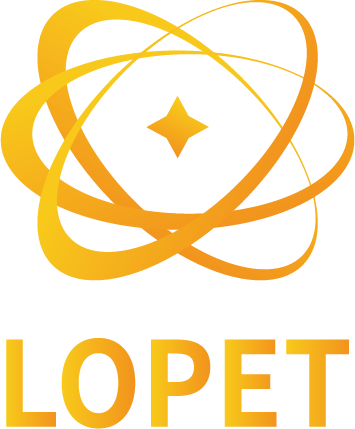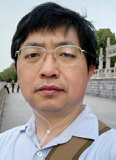

Prof. Changsi Peng
School of Optoeletronic Science & Engineering, Soochow University
Speech Tilte: Laser patterning induced quantum structure arrays by molecular beam epitaxy
Abstract
We have demonstrated a new approaching to grow defect-free site-controlled InAs/GaAs quantum dot arrays (QDAs) by molecular beam epitaxy (MBE). A unique novel MBE system was combined with in-situ laser interference patterning (isLIP). Indium atoms are selectively desorbed away from the GaAs substrate at sites of high light intensity generated by isLIP during MBE growth, encouraging selective nucleation and resulting in the highly controllable periodic formation of two dimensional defect-free QDAs.
Nanostructured materials are at the forefront of 21st century device innovation. The path of technological progress now takes us to dimensions of a few nanometers, at which structured materials interact at the dimensions of molecules and have electronic properties governed by quantum interactions. There is enormous potential to transform our approaches to computing, sensing, communications, diagnosis and even perhaps the treatment of disease. Yet we do not possess all the tools to develop the devices required at this challenging dimension. We need to explore innovative production methods which could overcome the limitations of conventional routes and become key enabling technologies for the second quantum revolution. Our research on site-controlled QDAs is one such novel approach, which seeks to develop a transformational process for quantum-structure-arrays (QSAs). The method combines the top-down isLIP with the capabilities of bottom-up structuring by self-assembly, to provide a cost-effective state of the art capability for next generation ordered QSAs. The resulting arrays will have unprecedented site and dimensional control and will be free of process defects.

isLIP modulated MBE growth of site-controlled QDAs
Biography
Changsi Peng, Dr, Professor, received his PhD in 1998. During 1998 - 2001, he was working as an associate professor in Institute of Physics, Beijing, China and an STA fellow in ETL, Tsukuba, Japan; In 2001, he joined as a stuff member in Tampere University of Technology, Tampere, Finland; By the end of 2009, he was invited as a distinguished professor by Soochow University, Suzhou, China. He has published 1 book (Springer) and 4 book chapters, 19 granted patents and 180 papers in peer-reviewed journals and international conferences with citations about 2000 times.